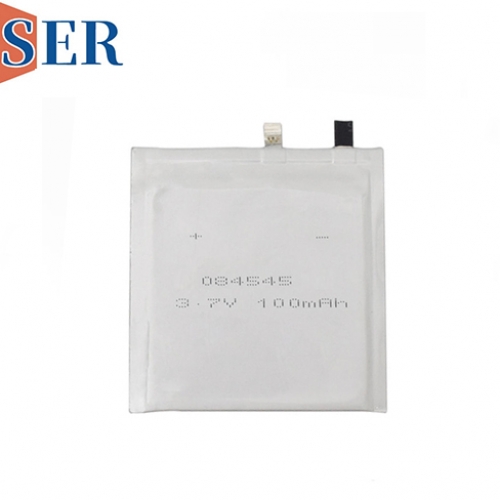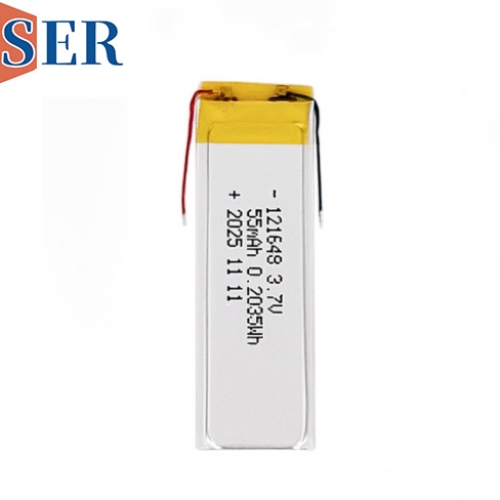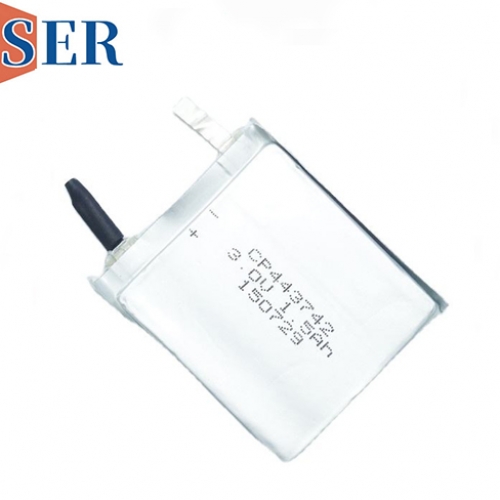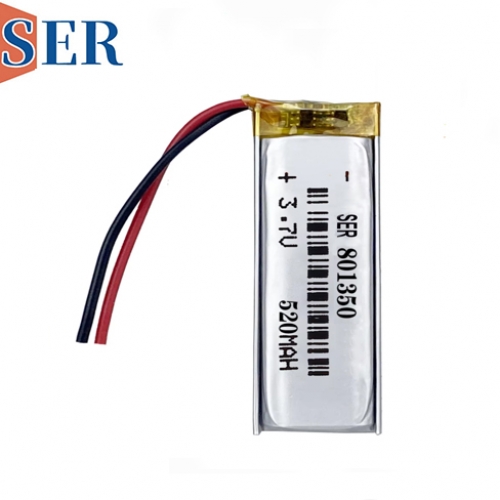ER14505+HPC1520: A Hybrid Power Solution for Long-Term Standby and High-Pulse Applications
ER14505+HPC1520: A Hybrid Power Solution for Long-Term Standby and High-Pulse Applications
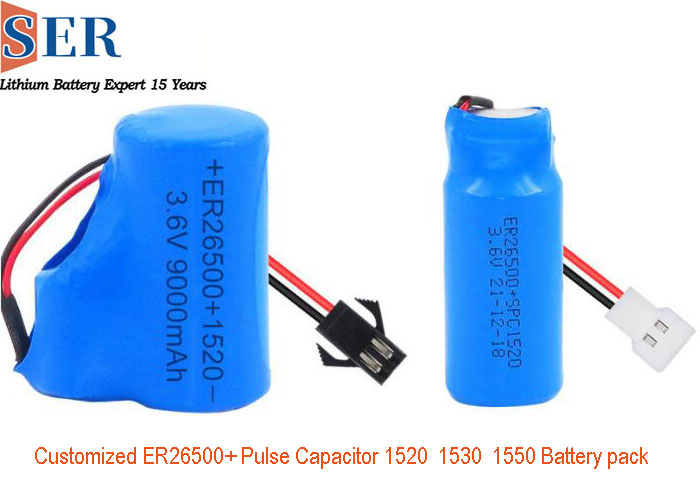
Introduction
In the era of rapid technological advancement, power systems must adapt to increasingly demanding requirements, particularly in applications requiring both long-term reliability and high-current pulse capabilities. Traditional batteries often struggle to balance energy density, longevity, and pulse performance, while capacitors excel in delivering instantaneous power but lack sufficient energy storage for extended periods. To address these challenges, a novel hybrid power solution has emerged: the ER14505+HPC1520 3.6V 2500mAh Li-SOCl₂ battery system. This integrated design combines a lithium thionyl chloride (Li-SOCl₂) battery with a high-pulse capacitor (HPC) in a compact, sealed configuration, offering unparalleled performance for mission-critical applications. This article explores the technical architecture, performance characteristics, safety features, and real-world applications of this innovative power system.
1. Technical Overview: The Synergy of Li-SOCl₂ and HPC
1.1 Li-SOCl₂ Battery: The Backbone of Longevity
The ER14505 Li-SOCl₂ battery is renowned for its exceptional energy density, ultra-low self-discharge rate (<1% per year), and wide operating temperature range (-55°C to 85°C). These attributes make it ideal for applications requiring multi-year standby, such as remote monitoring systems, IoT devices, and medical equipment. The chemistry of Li-SOCl₂ ensures stable voltage output throughout its lifespan, minimizing the risk of sudden failure. With a nominal capacity of 2500mAh at 3.6V, the ER14505 provides sufficient energy to power low-current devices for years, while its sealed structure prevents electrolyte leakage, enhancing safety and durability.
1.2 HPC1520 Capacitor: The Pulse Power Specialist
The HPC1520 capacitor is engineered for high-current, short-duration discharges, critical for applications like wireless communication modules, actuators, or sensors requiring rapid energy bursts. Unlike conventional capacitors, the HPC1520 features advanced electrode materials and electrolyte formulations, enabling it to deliver millisecond-scale pulses with minimal voltage drop. Its operating temperature range (-40°C to 85°C) aligns seamlessly with the Li-SOCl₂ battery, ensuring reliable performance in harsh environments. The capacitor’s low equivalent series resistance (ESR) ensures efficient energy transfer during pulse events.
1.3 Parallel Hybrid Architecture
The ER14505 and HPC1520 are connected in parallel, creating a synergistic power source. During normal operation, the Li-SOCl₂ battery supplies steady power to the load, while the HPC1520 remains charged. When a high-current pulse is demanded, the capacitor discharges rapidly, supplementing the battery’s output to meet peak power requirements. This configuration prevents the battery from being stressed by sudden current spikes, extending its cycle life and overall reliability. The system’s intelligent charge management ensures optimal energy distribution between the battery and capacitor, balancing performance and longevity.
2. Performance Advantages
2.1 Enhanced Pulse Capability
The HPC1520’s high-rate discharge capability (up to 100A pulses) allows the system to deliver instantaneous power far beyond the capabilities of standalone Li-SOCl₂ batteries. For example, in a wireless sensor node transmitting data, the capacitor ensures rapid transmission without voltage sag, preserving data integrity and reducing retransmission attempts.
2.2 Extended Cycle Life
By offloading pulse demands to the capacitor, the Li-SOCl₂ battery operates under less stress, significantly extending its cycle life. Testing shows that the hybrid system can endure over 10,000 pulse cycles with minimal capacity loss, compared to traditional batteries that may fail after just 500 cycles under similar conditions.
2.3 Wide Temperature Tolerance
Both the Li-SOCl₂ battery and HPC1520 are designed to function across extreme temperatures. In arctic (-40°C) or desert (85°C) environments, the system maintains stable performance, critical for applications in oil/gas exploration, military surveillance, or automotive telematics.
2.4 Low Self-Discharge for Long-Term Standby
The Li-SOCl₂ battery’s inherent low self-discharge ensures the system remains operational for up to 10 years in storage, making it ideal for emergency beacons, asset trackers, or backup power supplies. The capacitor’s minimal leakage current further supports long-term readiness.
ER Battery + HPC High Pulse Capacitor
| Model | Nominal Voltage (V) | Nominal Capacity (mAh) | Max. Cont. Discharge Current (mA) | Max. Pulse Discharge Current (mA) | Size |
|---|---|---|---|---|---|
| ER14505+HPC1520 | 3.6 | 2500 | 500 | 2000 | AA+2/5AA |
| ER18505+HPC1520 | 3.6 | 4000 | 500 | 2000 | A+2/5AA |
| ER26500+HPC1520 | 3.6 | 8500 | 500 | 2000 | C+2/5AA |
| ER34615+HPC1520 | 3.6 | 19000 | 500 | 2000 | D+2/5AA |
| ER14505+HPC1530 | 3.6 | 2500 | 750 | 3000 | AA+2/3AA |
| ER26500+HPC1530 | 3.6 | 8500 | 750 | 3000 | C+2/3AA |
| ER34615+HPC1530 | 3.6 | 19000 | 750 | 3000 | D+2/3AA |
| ER14505+HPC1550 | 3.6 | 2500 | 2000 | 5000 | AA+AA |
| ER26500+HPC1550 | 3.6 | 8500 | 2000 | 5000 | C+AA |
| ER34615+HPC1550 | 3.6 | 19000 | 2000 | 5000 | D+AA |
3. Safety and Reliability Features
3.1 Integrated Safety Valve
The system incorporates a patented safety valve that activates under extreme pressure or temperature conditions, preventing catastrophic failure. This feature is particularly important in applications where physical damage or thermal runaway risks exist, such as in industrial robotics or aerospace electronics.
3.2 Hermetic Sealing
The battery and capacitor are sealed in a robust, corrosion-resistant housing, protecting against moisture ingress, vibration, and mechanical shock. This design meets IP68 standards, ensuring reliability in underwater or high-vibration environments.
3.3 Thermal Management
Advanced thermal interface materials and a optimized internal layout efficiently dissipate heat generated during pulse discharges, preventing thermal runaway and maintaining safe operating temperatures.
3.4 Fail-Safe Mechanisms
Redundant protection circuits monitor voltage, current, and temperature in real time. If anomalies are detected, the system disconnects the load to prevent damage, with automatic reconnection once conditions normalize.
4. Applications Across Industries
4.1 Industrial IoT and Remote Monitoring
In smart grids, pipelines, or environmental sensors, the hybrid system powers wireless transmitters during data bursts while maintaining years of standby. Its compact form factor (ER14505: 14.5mm diameter, 50.5mm height) facilitates integration into space-constrained devices.
4.2 Medical Devices
Portable glucose meters, implantable devices, and telemedicine equipment require reliable power for intermittent high-load operations. The system’s biocompatibility and stability under varying temperatures make it suitable for medical applications.
4.3 Automotive and Transportation
In vehicle key fobs, tire pressure monitoring systems (TPMS), or electronic toll collection (ETC) devices, the hybrid system ensures instant wake-up from sleep mode and reliable communication, even after years of inactivity.
4.4 Military and Aerospace
For night-vision goggles, GPS trackers, or unmanned aerial vehicles (UAVs), the system’s resistance to extreme temperatures and shock ensures mission-critical performance in battlefield or aerial conditions.
4.5 Consumer Electronics
High-end smartwatches, fitness trackers, and wireless headphones benefit from the system’s ability to deliver quick bursts of power for features like heart-rate monitoring or Bluetooth connectivity, while maintaining weeks of standby.
5. Comparative Analysis
Energy Density | High (Li-SOCl₂) | Moderate | Low |
Pulse Capability | Excellent (HPC1520) | Limited | Excellent |
Cycle Life | >10,000 cycles | 500–1,000 cycles | >1,000,000 cycles |
Self-Discharge | <1%/year | 5–10%/month | 5–20%/month |
Temperature Range | -55°C to 85°C | -20°C to 60°C | -40°C to 65°C |
Shelf Life | 10+ years | 2–3 years | 5–10 years |
Safety | High (safety valve) | Risk of thermal runaway | Safe but low energy |
6. Future Innovations and Market Potential
6.1 Emerging Trends
The proliferation of 5G, AI, and edge computing is driving demand for power systems that balance energy density and pulse performance. The ER14505+HPC1520 addresses this need, positioning itself as a key enabler for next-generation IoT devices and autonomous systems.
6.2 Customization Opportunities
Manufacturers can tailor the hybrid system by adjusting capacitor size, battery capacity, or housing materials to meet specific application requirements. For instance, a larger HPC could be paired with the ER14505 for higher pulse demands in industrial robotics.
6.3 Sustainability
Li-SOCl₂ batteries are recyclable, and their long lifespan reduces electronic waste. As environmental regulations tighten, this eco-friendly advantage will enhance the system’s market appeal.
6.4 Cost-Effectiveness
While the initial investment may be higher than conventional batteries, the system’s extended lifespan and reduced maintenance costs translate to lower total cost of ownership (TCO) over time.
7. Conclusion
The ER14505+HPC1520 hybrid power system represents a paradigm shift in energy storage solutions, harmonizing the strengths of Li-SOCl₂ batteries and high-pulse capacitors. By delivering unmatched longevity, pulse performance, and safety, it addresses critical gaps in power technology for applications spanning industrial, medical, automotive, and consumer domains. As devices become smarter and more interconnected, this hybrid approach will undoubtedly play a pivotal role in enabling reliable, efficient, and sustainable power solutions for the future. For engineers and designers seeking to optimize power systems for both standby and high-load demands, the ER14505+HPC1520 is not merely an upgrade—it’s a transformative leap forward.

